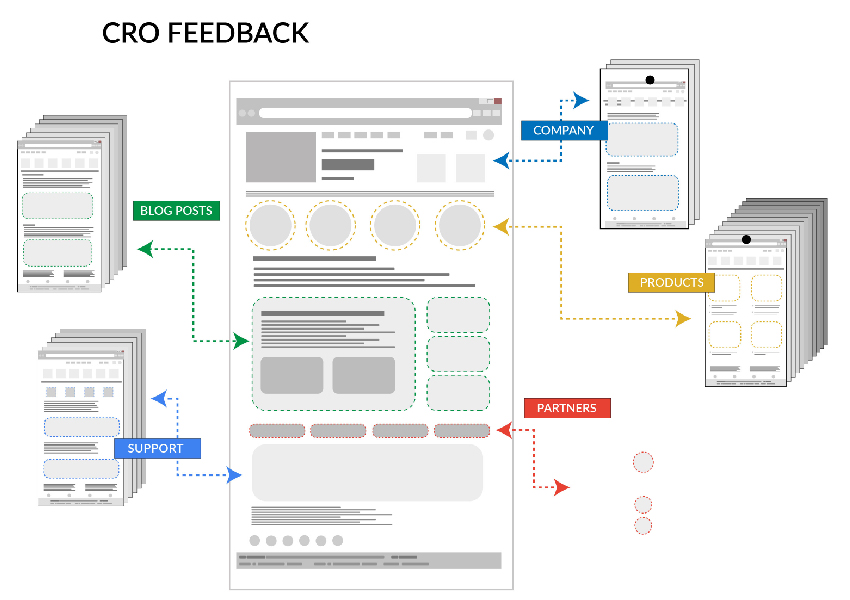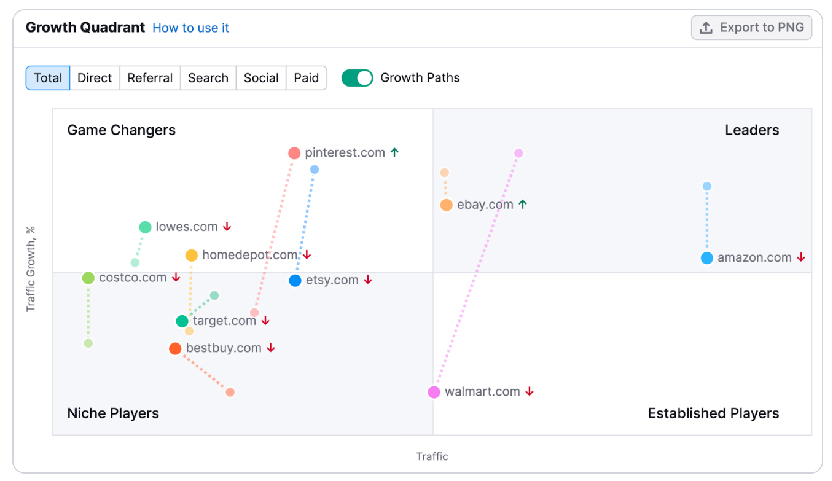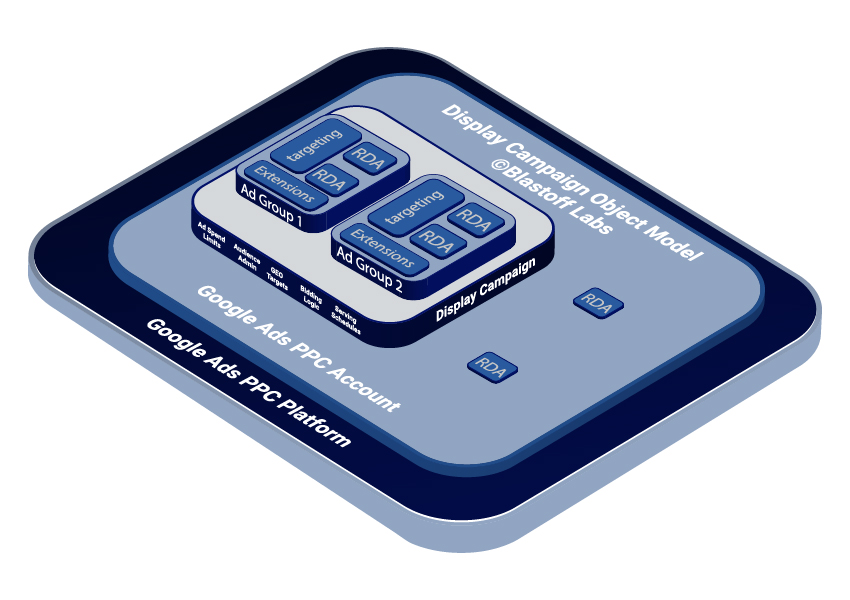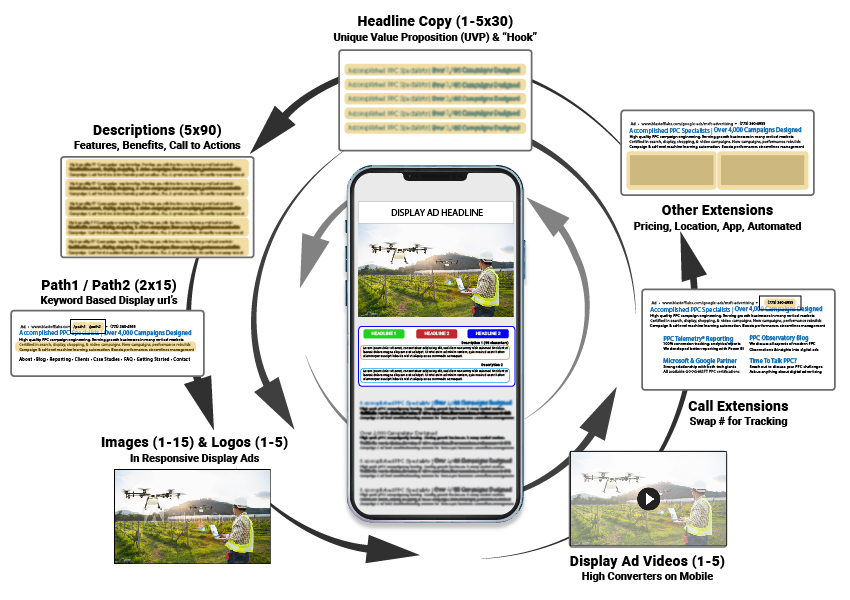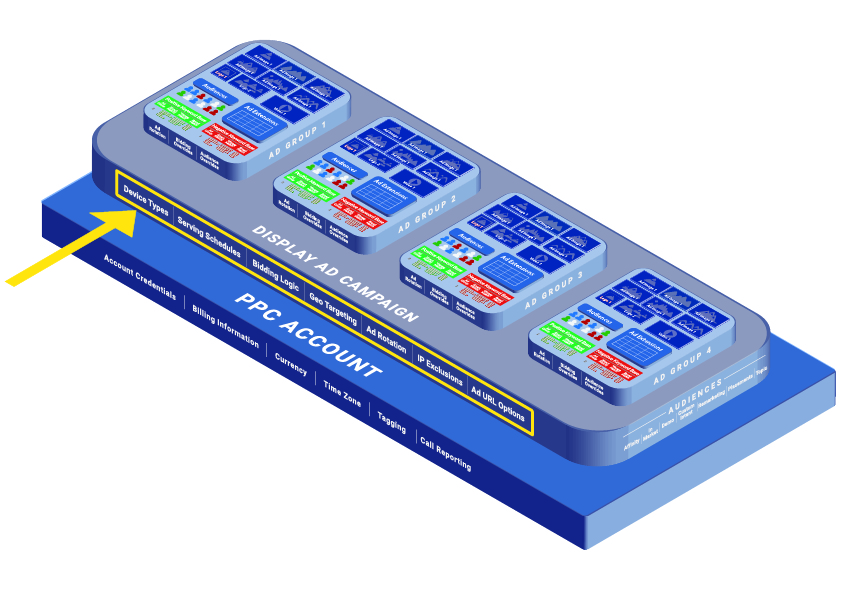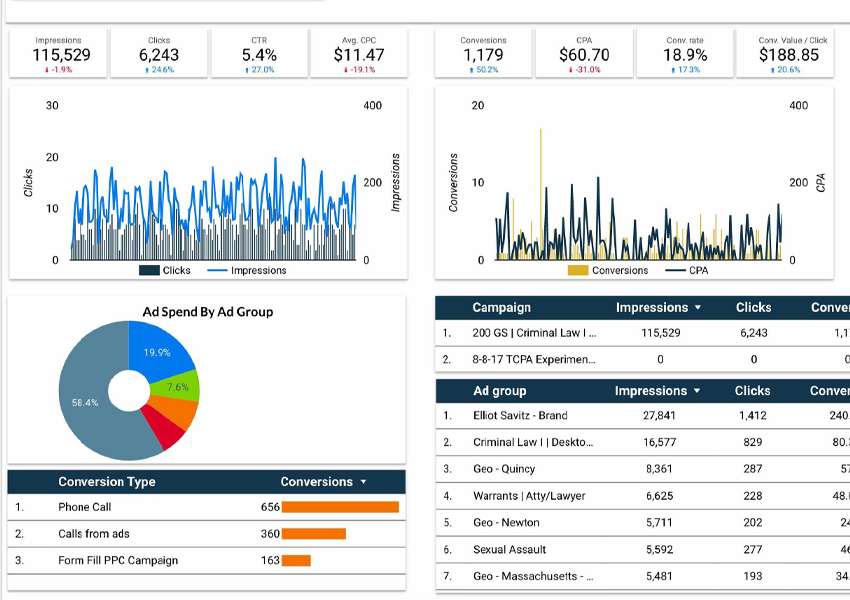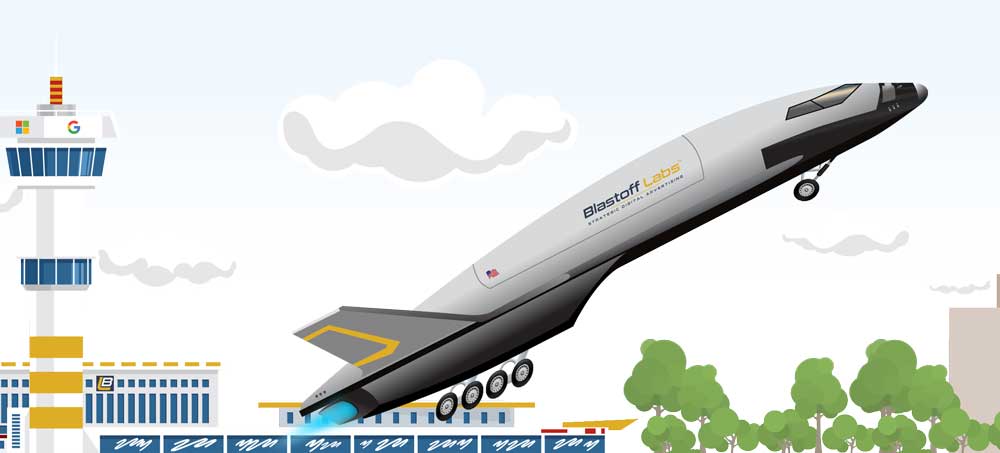Display Ad Campaigns: A 13-Stage Development Process
Blastoff Labs uses a structured creative process to design display ads. We find the most suitable images by drawing from the advertiser’s image base, stock art and photography libraries, and when appropriate by designing custom images. Ad extensions are customized down to the individual ad group level. Display campaign development starts with competitive research. The sequence of all steps in our display campaign development process are illustrated below.
STAGE 1
There are 8 different ways to target ads running on the Google Display Network (GDN). Each of them is based on either the content (keywords) of websites across the GDN, or the behavior of traffic that transits the GDN.
To plan the targeting for a display campaign, we first determine which of the 8 types of targeting are likely to be successful:- (1) In-market (2) Placement (3) Affinity (4) Custom intent (url, or keyword) (5) Customer list matching (6) Topic (7) Demographic (8) Remarketing.
A significant degree of experimentation is normally required before arriving at the best performing type and configuration of audiences within display campaigns.
STAGE 2
Display campaigns pull cold traffic off the internet into the top of your sales funnel, where it becomes "cool" (lightly engaged) traffic. They also function to constructively influence mid-funnel "warm" (more deeply engaged) traffic.
Landing pages for display campaigns play a different role than landing pages for search, shopping, or video campaigns. So our CRO feedback will be different.
On landing pages for display campaign traffic, the primary goal is not necessarily to push for a conversion. We're more likely trying to clarify and strengthen the value proposition, coming at it from different angles or bringing new aspects of it to light.
STAGE 3
In our display campaign competitive assessment process, we familiarize ourselves with how competitors' products are positioned, and the competitive environment the campaign will operate in.
We examine your competitor's advertising history, ad copy, ad spend, and market positioning. We use tools to examine their display advertising history.
The display campaign competitive analysis process dovetails into our campaign targeting work.
STAGE
The ad group structure in display campaigns is used to segregate and test targeting methods, targeting configurations, ad images, and ad copy. This diagram shows ad group structure in a small display campaign.
Without the structure provided by ad groups, we wouldn't be able to evaluate the effectiveness of different combinations of targeting and ads.
Some targeting methods require multiple ad groups in order to better control and observe results. For example, when we're targeting using "custom intent" targeting by URL, we'll create one ad group per URL targeted. Placement targeting to show ads on specific websites, the same.
By using ad groups liberally in display campaigns we're able to rapidly evaluate targeting and ad quality.
STAGE
Because display ads are "advertisements" versus direct response marketing, the performance of display campaigns is even more dependent upon, and sensitive to the design of the ads, as compared to search ads.
The display ad channel is fundamentally different to search ad channels. Display ads deliver advertising messages, versus search ads which contain direct response marketing messages. We're showing display ads to audiences who likely may have a related need or interest, but haven't expressed search intent.
Search ads are display on search engine result pages, which the person searching has requested. Display ads are shown on websites where users are not necessarily expecting them. That's quite different from search ads where the user is searching for what you offer.
We've tested different creative approaches to invent, improve, test, and optimize display ads. Our process is based upon the classic creative process, mapped into digital advertising.
STAGE
Display campaign audiences are the primary means for targeting display campaigns.
There are scores strategies for selecting display campaign audiences to fit the market targeted. The general idea is to understand the demographics, persona, and behavior of the customer; then to find or create audiences that match those characteristics. In addition to positive targeting, it may also be beneficial to exclude certain audiences. These "negative audiences" can be used to shape the targeting to improve campaign performance.
Types of targeting available include direct website placements by specifying URLs, so-called "in-market" audiences (behaviors indicating shorter-term buying interest), persistent interests known as "affinity" audiences, customer list audiences, and demographics audiences which might include age, gender, income level, homeownership, and parental status.
STAGE
When setting up display campaign serving parameters, our preference is usually to allow the campaigns to initially run 24x7x365. We can then use that data to optimize the campaign schedule, as we have measured what times and days of the week are most effective.
In some b2b markets, we will run campaigns on weekdays only and perhaps not overnight. There are some common mistakes to avoid, for example in the US making sure East coast campaigns stay on late enough to shop up for West coast end-of-day business traffic.
The reason for running campaigns (at least initially) 24x7 is that many campaigns perform well at surprising times – days of the week, and hours of the day you would not expect.
STAGE
Display campaigns are more likely to generate "conversion assist" clicks than final-click conversions. For this reason, click attribution is important for assessing the display campaign's role in conversion performance. But accurate conversion tracking is also important with display.
For this reason, we implement 100% conversion tracking coverage, whether the events being tracked are transactions, form submissions, phone calls, or other meaningful events.
We've found that less than half of existing campaigns have full conversion tracking implemented, and even when conversion tracking is implemented, it is more often than not lacking full coverage.
There is a reason for this – conversion tracking can be difficult to implement and test.
STAGE
For every PPC account and display ad campaign, we create a conversion value model for each type of conversion event and (related), select a method for click attribution modeling. When a conversion occurs, the value for that conversion is distributed ("attributed") up through the sales funnel, with weighting as defined by the click attribution model.
In our conversion value model, what we are after is the gross margin (value) that each conversion action is producing. In the case of a display campaign that advertises products, the conversion value would likely be (sales price-sales tax)*(average gross margin).
Conversion value modeling is important because it allows for calculating the two most important metrics in paid search: return on ad spend, and advertising margin. But more importantly, it provides valuable information back to the automated bidding algorithms, which use machine learning to maximize the performance of the campaign.
STAGE
Display campaign reports are designed a bit differently because they drive the mid-funnel and high-funnel. So the focus is shifted more towards engagement metrics versus conversions. This includes metrics like the number of pages viewed, average time on page, total time on site, and bounce rate.
Our display campaign reports also include key performance indicators (KPI's), or implement custom KPI's most closely aligned to your business objectives. Our reporting system pulls data from Google Ads and Microsoft Advertising real-time API interfaces to access campaign data.
In a display campaign, there is an increased emphasis on attribution, since display campaigns often serve to pull in upper and mid-funnel traffic, which can be overlooked when focusing only on conversions. But we also report on conversion performance and financial ratio metrics.
STAGE
To configure display campaign web analytics, we link the associated web analytics accounts. This will include Google Analytics, Google Tag Manager, Google Search Console, and any similar Microsoft Advertising accounts.
We may also request a login to the backend (administrative access) area of your website. Typically this is needed when we anticipate installing plugins such as the GTM plugin, or a 3rd-party call tracking plugin. Google Tag Manager places a container on your website which facilitates the installation, removal, and modification of other tags, without requiring modification to the site itself. Its capabilities go well beyond that.
Google and Microsoft search console account(s) contain organic search queries and search engine crawl data, along with other information that can be helpful to campaign optimization.
STAGE
After a display campaign launch, they will often burst in an erratic serving pattern during the first 2 or 3 days after launch. This varies by ad platform and campaign design. Average-size display campaigns usually developing a consistent serving pattern within a few days of launch.
Once a display campaign stabilizes, we look for major issues such as a single targeting method or ad group consuming excessive ad spend. We monitor the audiences that pull the campaign into auctions. Typically we make a series of corrective adjustments across our display campaign post-launch checklists, dialing the campaign into the type of serving pattern, or "orbit" that we’re looking for.
STAGE
Blastoff Labs clients receive display campaign performance management reports on a regular basis, as an integral component of our account performance management activities.
For display campaigns we customize our reporting to summarize all search campaigns on one page; provide a rollup report which summarizes performance for all display campaigns, and we provide an individual reporting page for each campaign that goes into more detail.
Reporting is a crucial aspect of managing campaigns for PPC advertisers. Most clients receive reports on a monthly basis, showing performance in the reporting period compared to previous periods, and highlighting ongoing challenges/issues.



